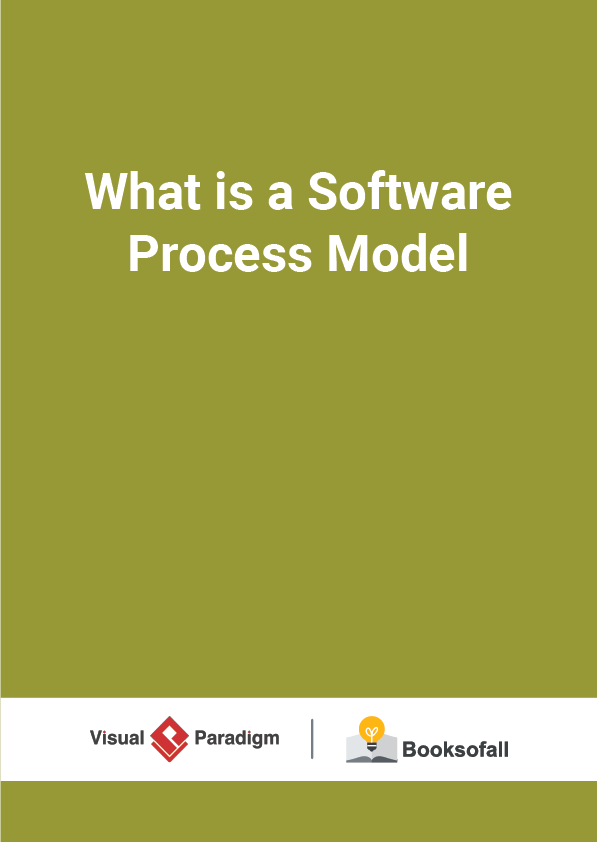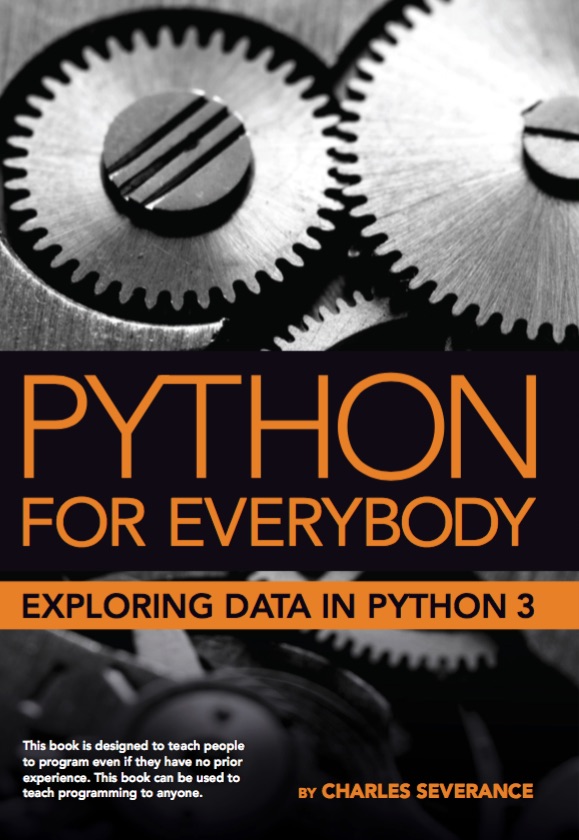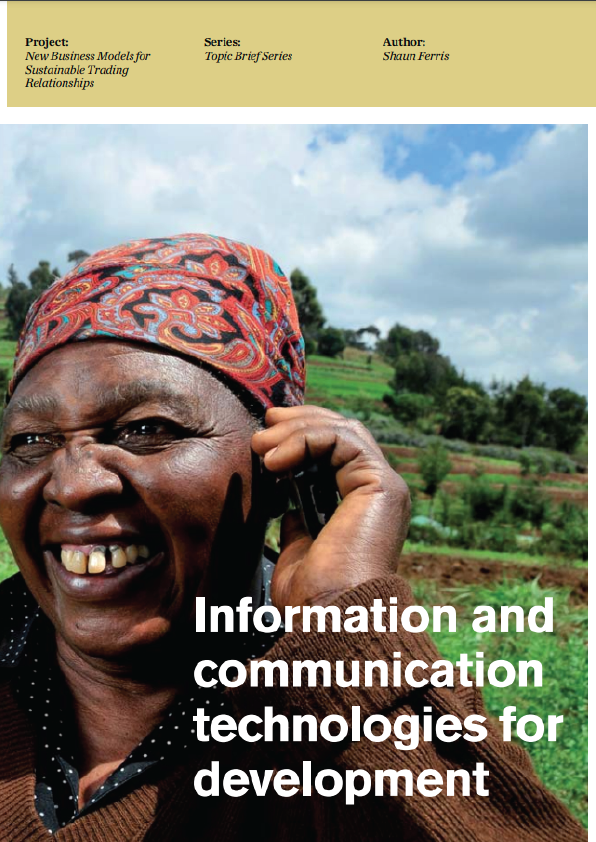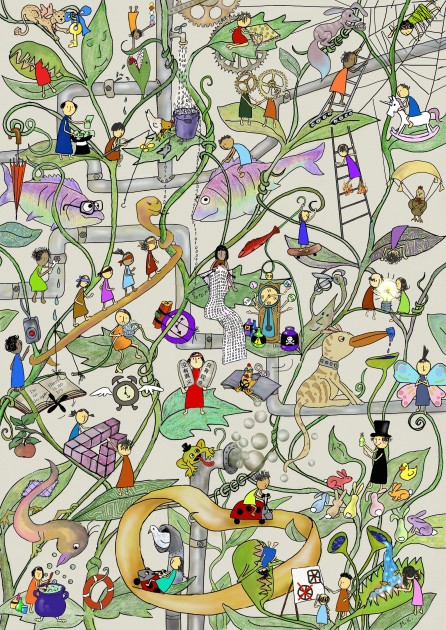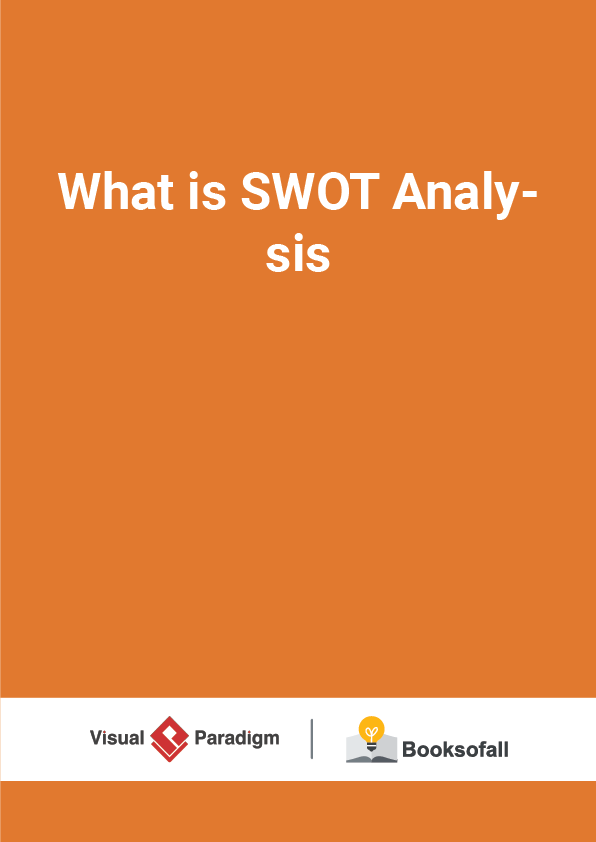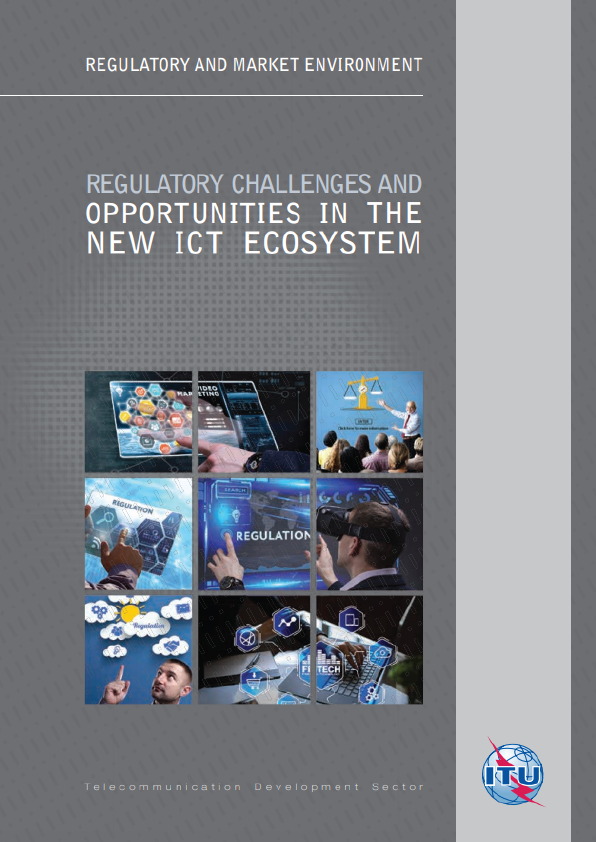What is a Software Process Model?
8-10 minutes
Software Processes is a coherent set of activities for specifying, designing, implementing and testing software systems. A software process model is an abstract representation of a process that presents a description of a process from some particular perspective. There are many different software processes but all involve:
- Specification – defining what the system should do;
- Design and implementation – defining the organization of the system and implementing the system;
- Validation – checking that it does what the customer wants;
- Evolution – changing the system in response to changing customer needs.
Types of Software Process Model
Software processes, methodologies and frameworks range from specific prescriptive steps that can be used directly by an organization in day-to-day work, to flexible frameworks that an organization uses to generate a custom set of steps tailored to the needs of a specific project or group. In some cases a “sponsor” or “maintenance” organization distributes an official set of documents that describe the process.
Software Process and Software Development Lifecycle Model
One of the basic notions of the software development process is SDLC models which stands for Software Development Life Cycle models. There are many development lifecycle models that have been developed in order to achieve different required objectives. The models specify the various stages of the process and the order in which they are carried out. The most used, popular and important SDLC models are given below:
- Waterfall model
- V model
- Incremental model
- RAD model
- Agile model
- Iterative model
- Spiral model
- Prototype model
Waterfall Model
The waterfall model is a breakdown of project activities into linear sequential phases, where each phase depends on the deliverables of the previous one and corresponds to a specialisation of tasks. The approach is typical for certain areas of engineering design.
V Model
The V-model represents a development process that may be considered an extension of the waterfall model and is an example of the more general V-model. Instead of moving down in a linear way, the process steps are bent upwards after the coding phase, to form the typical V shape. The V-Model demonstrates the relationships between each phase of the development life cycle and its associated phase of testing. The horizontal and vertical axes represent time or project completeness (left-to-right) and level of abstraction(coarsest-grain abstraction uppermost), respectively.
Incremental model
The incremental build model is a method of software development where the model is designed, implemented and tested incrementally (a little more is added each time) until the product is finished. It involves both development and maintenance. The product is defined as finished when it satisfies all of its requirements. Each iteration passes through the requirements, design, coding and testing phases. And each subsequent release of the system adds function to the previous release until all designed functionally has been implemented. This model combines the elements of the waterfall model with the iterative philosophy of prototyping.
